Inferential Statistics Which Process or Measurement Should I Use
Regression analysis is used to predict the relationship between independent variables and the dependent variable. This means taking a statistic from your sample data for example the sample mean and using it to say something about a population parameter ie.
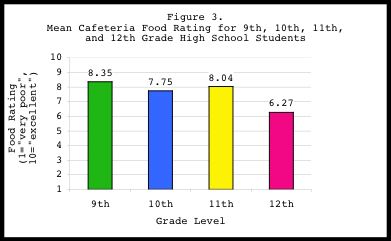
Inferential Statistics Definition Uses Statistics How To
Inferential statistics deals with the process of inferring information about a population based on a sample from that population.
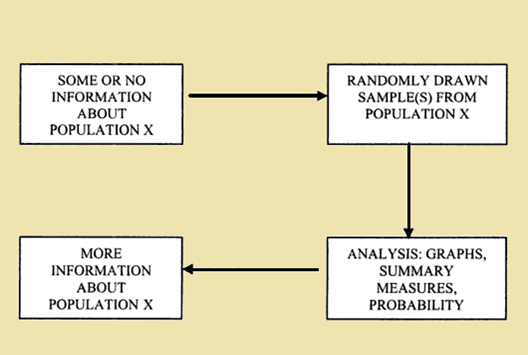
. What is Inferential Statistics. There are several kinds of inferential statistics that you can calculate. Inferential statistics use samples to draw inferences about larger populations.
Inferential statistical tests are more powerful than the descriptive statistical tests like measures of central tendency mean mode median or measures of dispersion range standard deviation. While descriptive statistics describe data inferential statistics allows you to make predictions from data. However in general the inferential statistics that are often used are.
Inferential statistics arise out of the fact that sampling naturally incurs sampling error and thus a sample is not expected to perfectly represent the population. Inferential statistics are based on the concept of using the values measured in the sample to estimate or infer the values that would be measured in a population. This operation is a violation of level of measurement criterion and the results should be disregarded.
How to calculate the inferential statistical tests. It is saying that something works when it really could have happened by chance. We have to find the average salary of a data analyst across India.
This is where you can use sample data to answer. There is no true zero on an interval scale which is what distinguishes it from a ratio scale. There are many types of inferential statistics and each is appropriate for a specific research design and sample characteristics.
On an interval scale zero is an arbitrary point not a complete absence of the variable. Descriptive statistics only measure the group you assign for the experiment meaning that you decide to not factor in variables. To be more concrete the.
It happens when the probability is set too big eg. Depending on the question you want to answer about a population you may decide to use one or more of the following methods. Descriptive statistics analyse the findings from a sample but inferential statistics tell you how the samples results relate back to the target population from which the sample was drawn.
Inferential statistics is interested in populations. Type 1 false positive wrongly accepting an incorrect alternative hypothesis when the null should have been accepted. The methods of inferential statistics are 1 the estimation of parameters and 2 testing of statistical hypotheses.
Here are a few of the more common types. We have provided some answers to common FAQs on the next page. Under the heading inferential statistics we are mainly interested in hypothesis testing.
Interestingly these inferential methods can produce similar summary values as descriptive statistics. It is also called inferential statistics. Scientists use inferential statistics to examine the relationships between variables within a sample and then make generalizations or predictions about how those variables will relate to a.
Inferential statistics are produced through complex mathematical calculations that allow scientists to infer trends about a larger population based on a study of a sample taken from it. Inferential statistics are used when you want to move beyond simple description or characterization of your data and draw conclusions based on your data. Inferential statistics use measurements from the sample of subjects in the experiment to compare the treatment groups and make generalizations about the larger population of subjects.
This violation of level of measurement criterion is common and results should be treated with caution. Descriptive statistics is used for describing distributions of samples. µ The mean calculated for a population.
No violation has occurred this is a. Hypothesis tests confidence intervals and regression analysis. Because the sample size is typically significantly smaller than the size of the population such inferred information is subject to a measure of uncertainty.
A complete set of data N. Inferential statistics is the second of the two major categories of statistical analysis the first being descriptive statistics. It uses probability to reach conclusions.
In Inferential statistics we make an inference from a sample about the population. This includes the t-test Analysis of Variance ANOVA Analysis of Covariance ANCOVA regression analysis. Whenever you wish to compare the average performance between two groups you should consider the t-test for differences between groups.
A t-test is a statistical test that can be used to compare means. Hypothesis testing and confidence intervals are the applications of the statistical inference. σ The standard deviation calculated for a population.
Statistical inference is the process of analysing the result and making conclusions from data subject to random variation. Regression analysis is one of the most popular analysis tools. The main aim of inferential statistics is to draw some conclusions from the sample and generalise them for the population data.
Most of the major inferential statistics come from a general family of statistical models known as the General Linear Model. These distances are called intervals. Inferential statistics is also a set of methods used to draw conclusions or inferences about characteristics of populations based on data from a sample.
Inferential Statistics makes inferences and predictions about extensive data by considering a sample data from the original data. Statistical inference is a method of making decisions about the parameters of a population based on random sampling. Interval data is measured along a numerical scale that has equal distances between adjacent values.
Saying that p 05. See below for an in-depth review of their differences. The most common methodologies in inferential statistics are hypothesis tests confidence intervals and regression analysis.
There are two main areas of inferential statistics. The calculation of certainty. There are two options.
The process of inferring insights from a sample data is called Inferential Statistics The best real-world example of Inferential Statistics is predicting the amount of rainfall we get in the next.
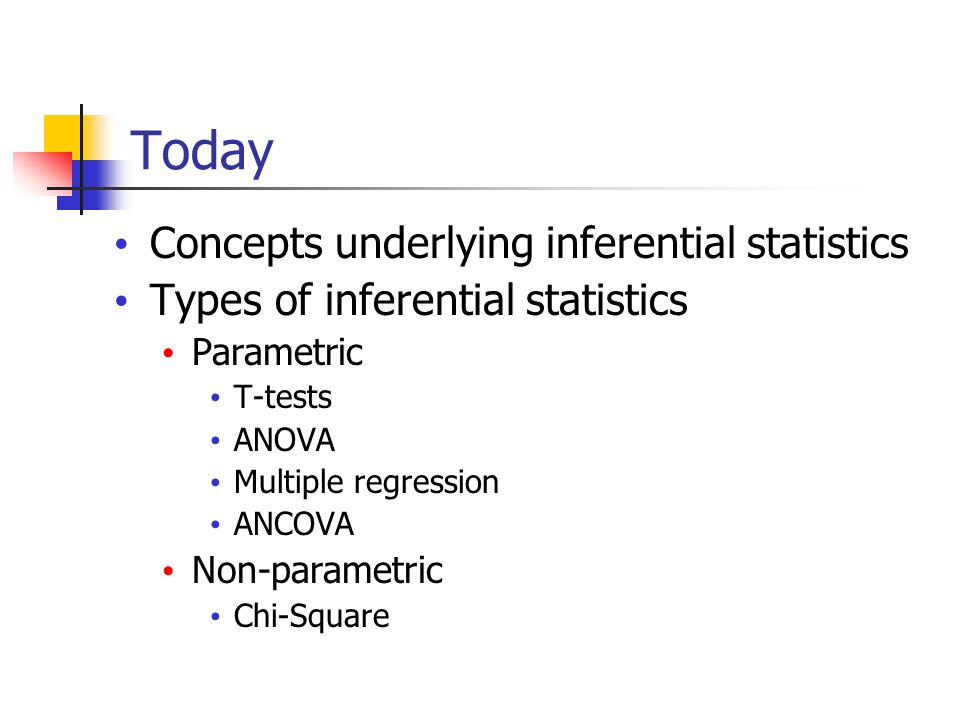
Today Concepts Underlying Inferential Statistics Ppt Video Online Download

Six Sigma Dmaic Process Measure Phase Measurement System Lean Six Sigma Change Management P Value

Levels Of Measurement In Statistics Yahoo Image Search Results Critical Thinking Ap Statistics This Or That Questions

Six Sigma Dmaic Process Measure Phase Measurement System Sigma Histogram P Value
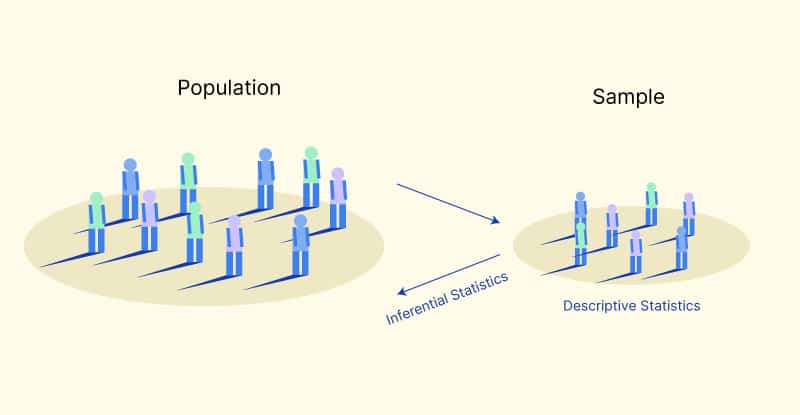
Inferential Statistic Whats And Hows Voxco

Inferential Statistics What Is Inferential Statistics Types Of Inferential Statistics Examples Of Inferential Statistics Advantages Of Inferential Statistics Inferential Statistical Analysis

Inferential Statistics An Overview Sciencedirect Topics
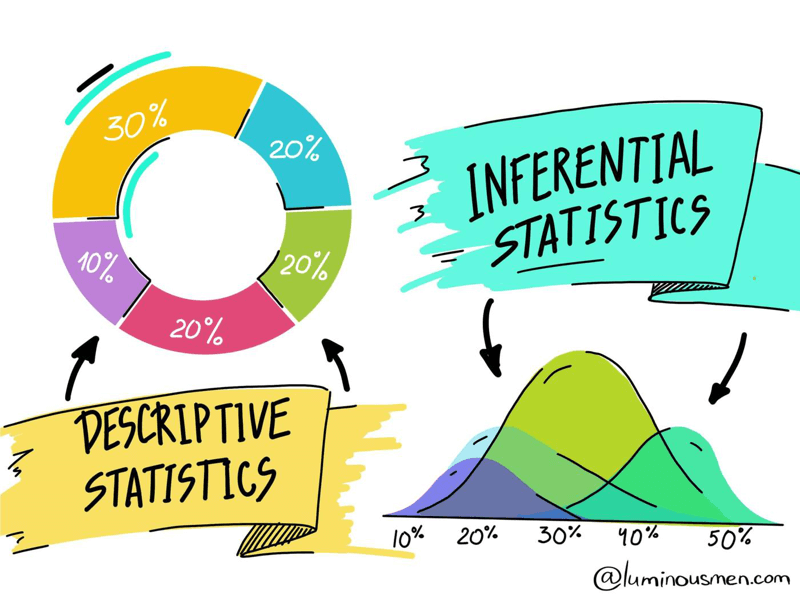
Descriptive And Inferential Statistics Blog Luminousmen
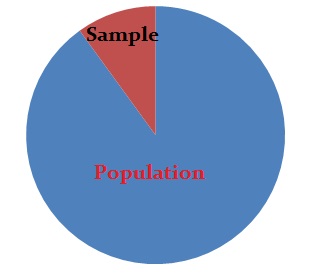
Inferential Statistics Definition Uses Statistics How To
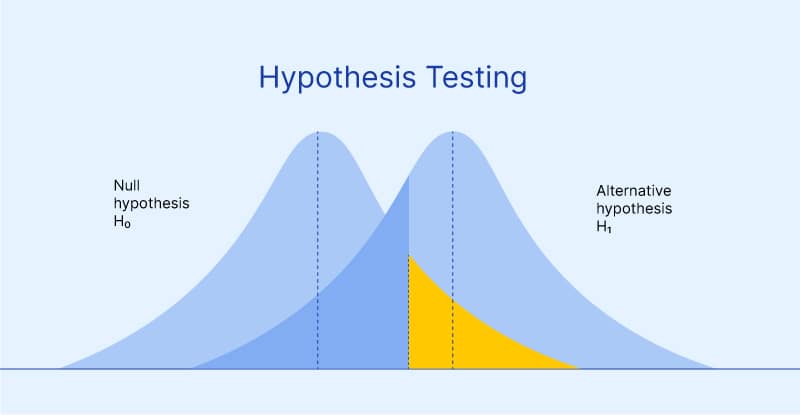
Inferential Statistic Whats And Hows Voxco

Dr Arsham S Statistics Site Statistics Math Research Skills Ap Statistics

Pin On Statistical Process Control

Inferential Statistics Definition Uses Statistics How To

Introduction To Statistics What Are They And How Do I Know Which One To Choose Youtube

Science Process Skills Powerpoint Notes Science Process Skills Science Lessons Science
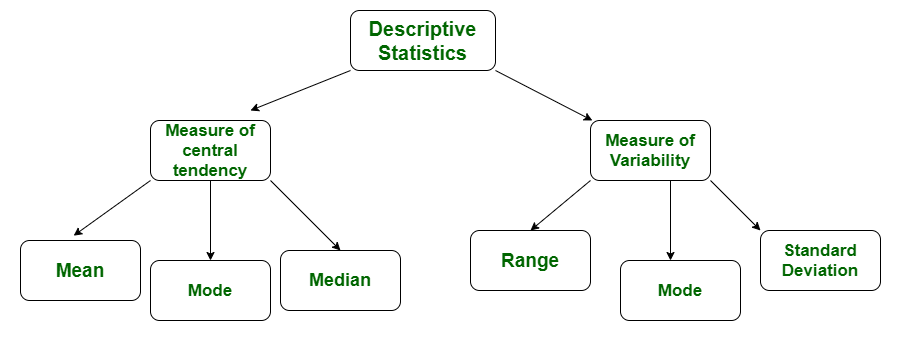
Difference Between Descriptive And Inferential Statistics Geeksforgeeks

Difference Between Descriptive And Inferential Statistics Statistics By Jim


Comments
Post a Comment